Kristen Barton - The New Food Dehydrator Cookbook: 187 Healthy Recipes For Dehydrating Foods And Cooking With Dehydrated Foods
Here you can read online Kristen Barton - The New Food Dehydrator Cookbook: 187 Healthy Recipes For Dehydrating Foods And Cooking With Dehydrated Foods full text of the book (entire story) in english for free. Download pdf and epub, get meaning, cover and reviews about this ebook. year: 2016, publisher: Childsworth Publishing, genre: Home and family. Description of the work, (preface) as well as reviews are available. Best literature library LitArk.com created for fans of good reading and offers a wide selection of genres:
Romance novel
Science fiction
Adventure
Detective
Science
History
Home and family
Prose
Art
Politics
Computer
Non-fiction
Religion
Business
Children
Humor
Choose a favorite category and find really read worthwhile books. Enjoy immersion in the world of imagination, feel the emotions of the characters or learn something new for yourself, make an fascinating discovery.
- Book:The New Food Dehydrator Cookbook: 187 Healthy Recipes For Dehydrating Foods And Cooking With Dehydrated Foods
- Author:
- Publisher:Childsworth Publishing
- Genre:
- Year:2016
- Rating:4 / 5
- Favourites:Add to favourites
- Your mark:
The New Food Dehydrator Cookbook: 187 Healthy Recipes For Dehydrating Foods And Cooking With Dehydrated Foods: summary, description and annotation
We offer to read an annotation, description, summary or preface (depends on what the author of the book "The New Food Dehydrator Cookbook: 187 Healthy Recipes For Dehydrating Foods And Cooking With Dehydrated Foods" wrote himself). If you haven't found the necessary information about the book — write in the comments, we will try to find it.
Dehydrating is not just the oldest form of food preservation known to man, it is a great way to have healthy food on your table in season and out of season.
The New Food Dehydrator Cookbook contains 187 step by step recipes for creating dehydrated fruits, vegetables, meat, fish, snacks and other foods with intense flavor. You can make the most of your garden harvest, take advantage of sales and cut down the cost of making meals for your family. And most of all, you will know that you are eating healthy food preserved without chemicals.
Your kids will love the healthy snacks and meals will be more interesting with the variety of dried ingredients at your disposal. Dehydrating your own potatoes, carrots, onions and other staples means no more last minute runs to the grocery store.
Part 1 of The New Food Dehydrator Cookbook provides 137 recipes for dehydrating all types of food including:
Dehydrating Fruits And Nuts
Dehydrating Vegetables And Mushrooms
Dehydrating Meats, Poultry, Seafoods (Jerkies)
Dehydrating Grains And Seeds
Dehydrating Herbs, Flowers And Making Tea Blends
Powders (Spices) And Leathers
Dehydrating Herbs, Flowers And Making Tea Blends
Dehydrated Tofu, Eggs And Dairy
Part 2 has 50 recipes for cooking with dehydrated ingredients including:
Breakfast And Brunch
Soups, Stews And Chili
Meat, Poultry And Seafood Entries
Vegetarian And Vegan Entries
Sides, Sauces, Stuffings, Pickles & Salsas
Desserts
Additional information includes Success Tips For Dehydrating, Pretreating Food Before Dehydrating, How To Pack And Store Dried Food, Rehydrating Food and Choosing A Good Dehydrator.
Kristen Barton: author's other books
Who wrote The New Food Dehydrator Cookbook: 187 Healthy Recipes For Dehydrating Foods And Cooking With Dehydrated Foods? Find out the surname, the name of the author of the book and a list of all author's works by series.

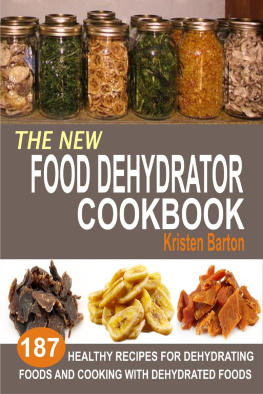
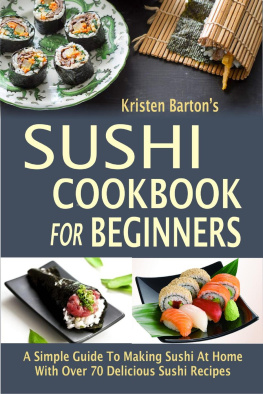
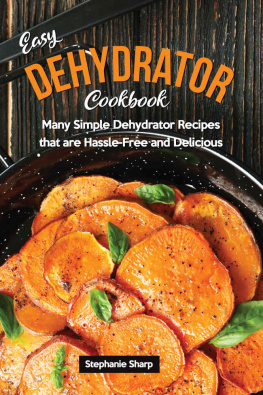
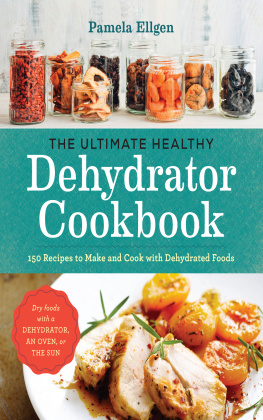

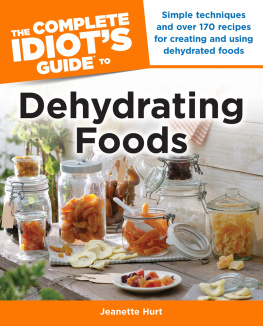

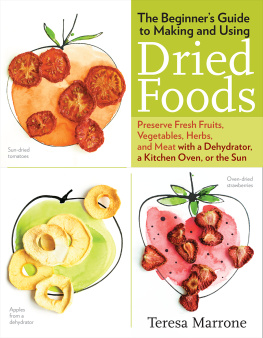
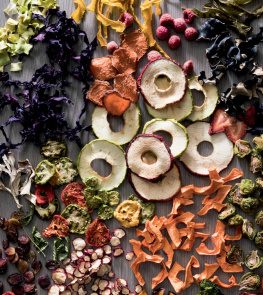
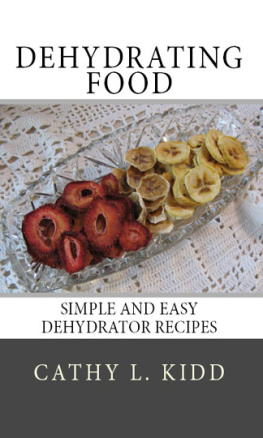
![Tammy - The ultimate dehydrator cookbook : [the complete guide to drying food, plus 398 recipes, including making jerky, fruit leather, and just-add-water meals]](/uploads/posts/book/102970/thumbs/tammy-the-ultimate-dehydrator-cookbook-the.jpg)
![Ferguson September - The ultimate dehydrator cookbook: [the complete guide to drying food, plus 398 recipes, including making jerkey, fruit leathers, and just-add-water meals]](/uploads/posts/book/85869/thumbs/ferguson-september-the-ultimate-dehydrator.jpg)
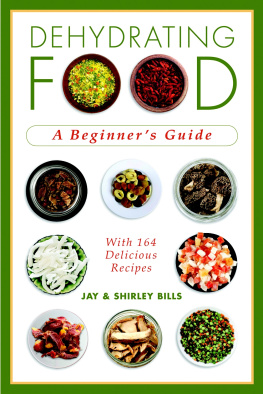
 Delicious Homemade Jerky Recipes: 43 Jerky Recipes For Easy Meal Times - Beef Jerky, Chicken Jerky, Turkey Jerky, Fish Jerky, Venison Jerky And More
Delicious Homemade Jerky Recipes: 43 Jerky Recipes For Easy Meal Times - Beef Jerky, Chicken Jerky, Turkey Jerky, Fish Jerky, Venison Jerky And More  Foraging For Beginners: A Simple Foragers Guide To Wild Edible Plants And Medicinal Herbs
Foraging For Beginners: A Simple Foragers Guide To Wild Edible Plants And Medicinal Herbs  Sushi Cookbook For Beginners: A Simple Guide To Making Sushi At Home With Over 70 Delicious Sushi Recipes
Sushi Cookbook For Beginners: A Simple Guide To Making Sushi At Home With Over 70 Delicious Sushi Recipes 
 D ried foods are delicious, nutritious, lightweight and are easy to prepare. They can be stored easily because they take little space. Dehydrated food can be used in a variety of ways. You can rehydrate by soaking in water then use in your favorite recipes. They are a great way to carry food for backpacking trips, camping or for emergency storage.
D ried foods are delicious, nutritious, lightweight and are easy to prepare. They can be stored easily because they take little space. Dehydrated food can be used in a variety of ways. You can rehydrate by soaking in water then use in your favorite recipes. They are a great way to carry food for backpacking trips, camping or for emergency storage. B lanching: Blanching In Boiling Water for a short period will stop the work of enzymes that are responsible for color and flavor changes in fruits and vegetables.
B lanching: Blanching In Boiling Water for a short period will stop the work of enzymes that are responsible for color and flavor changes in fruits and vegetables.